Max Švabinský (
1873-1963) was a
Czech painter🎨, draughtsman, graphic artist, and professor in Academy of Graphic Arts in Prague.
Švabinský is considered one of the more notable artists in the history of Czech painting and produced significant work during the first half of the 20th century.
He was relatively unusual among modernist artists in that his work was accepted by the communist regime; this was due at least in part to his having formed his artistic personality prior to 1900, prior to the advent of cubism. | © Wikipedia
Max Švabinský (
1873-1963) è stato un
pittore Ceco🎨, disegnatore, grafico e professore presso l'Accademia di arti grafiche di Praga.
È uno degli artisti più importanti del XX secolo, ammirato per la straordinaria abilità disegnativa e una grande varietà di tecniche grafiche. Si rese molto benemerito per far conoscere le belle arti ceche a tutta l'Europa.
Dalla fine degli anni Venti, dimorava spesso insieme alla moglie Ela presso la famiglia Vejrych a Kozlov vicino a Česká Třebová. Nel 1910 fu nominato professore dell'Academia di Praga.
Nel giornale Rajské sonáty, ampliò nel 1917 la gamma di proprie possibilità espressive con l'incisione in legno. Inoltre è autore di mosaiche per il Monumento Nazionale sul colle Žižkov a Praga, di cartoni per tre finestre colorate del Duomo di San Vito di Praga, nonché dell' abbozzo di una miniatura grafica per francobollo.
Max Švabinský continuò a disegnare quasi fino agli ultimi giorni della sua vita e morì il 10 febbraio 1962 a Praga.



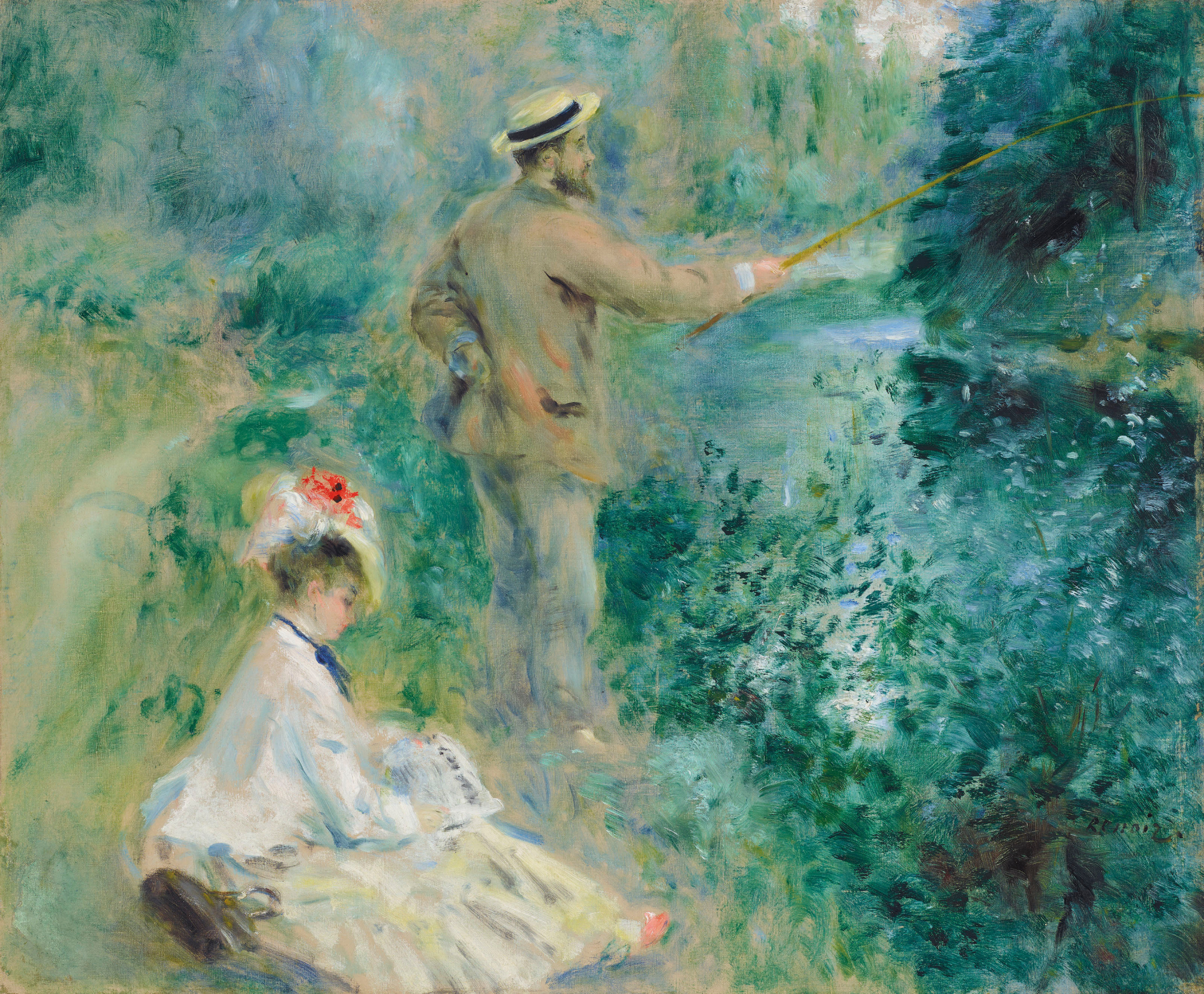









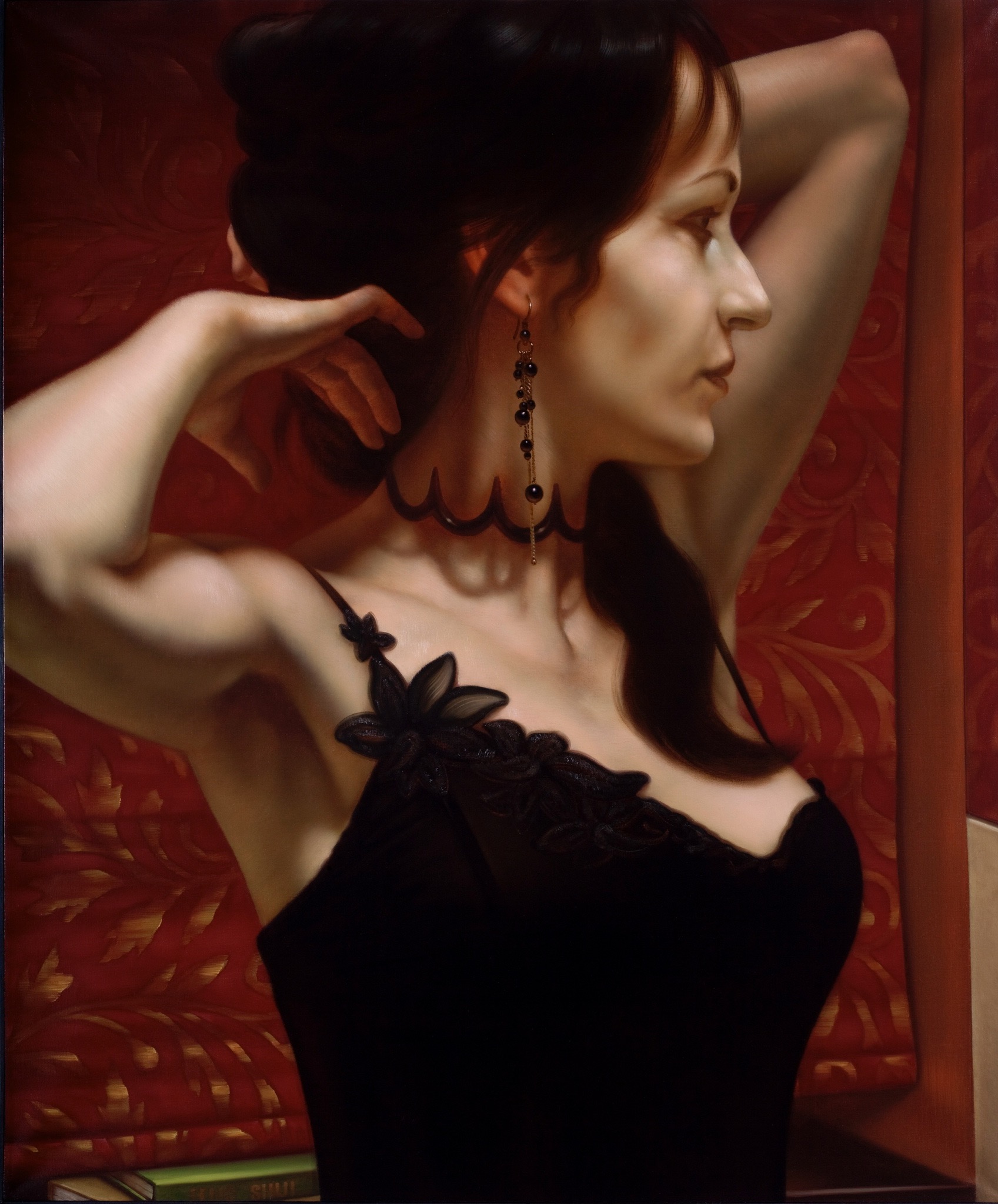

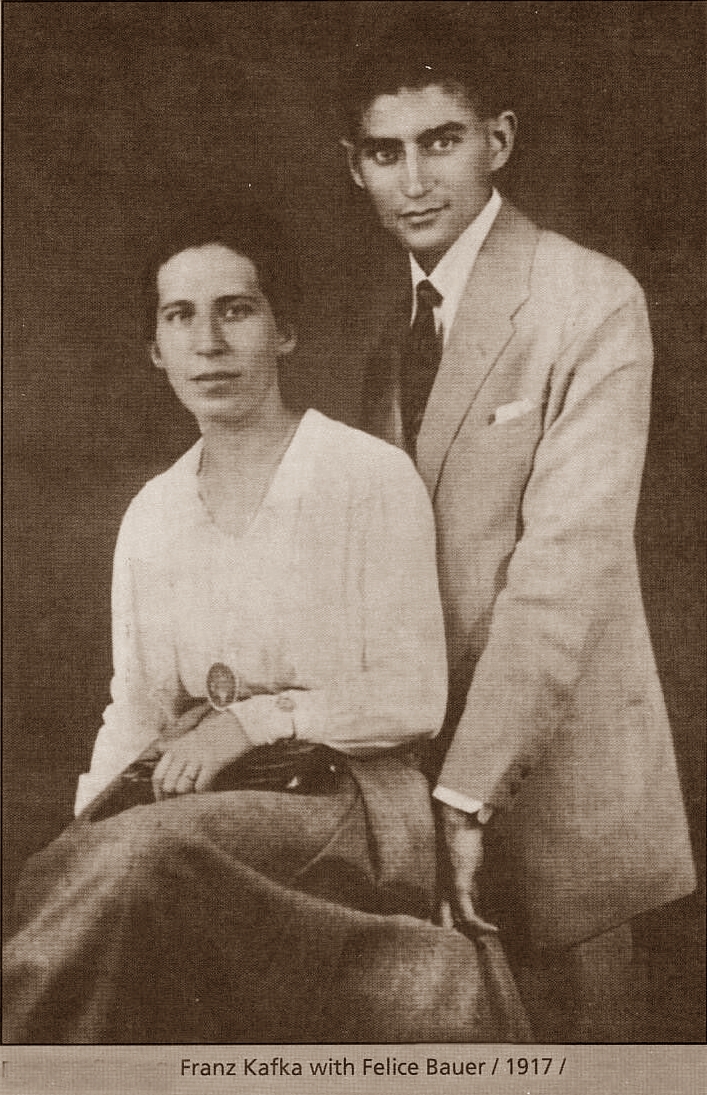



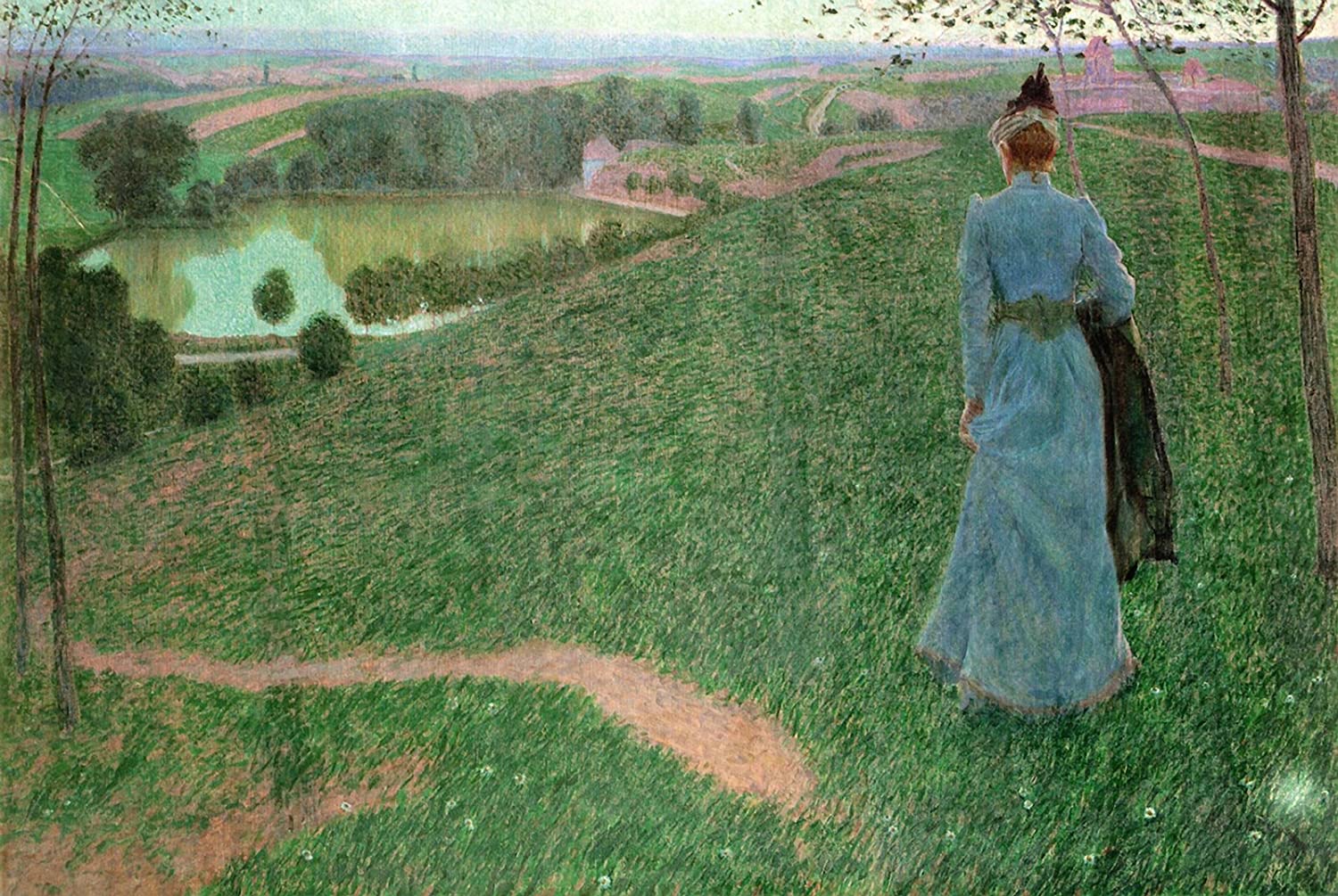

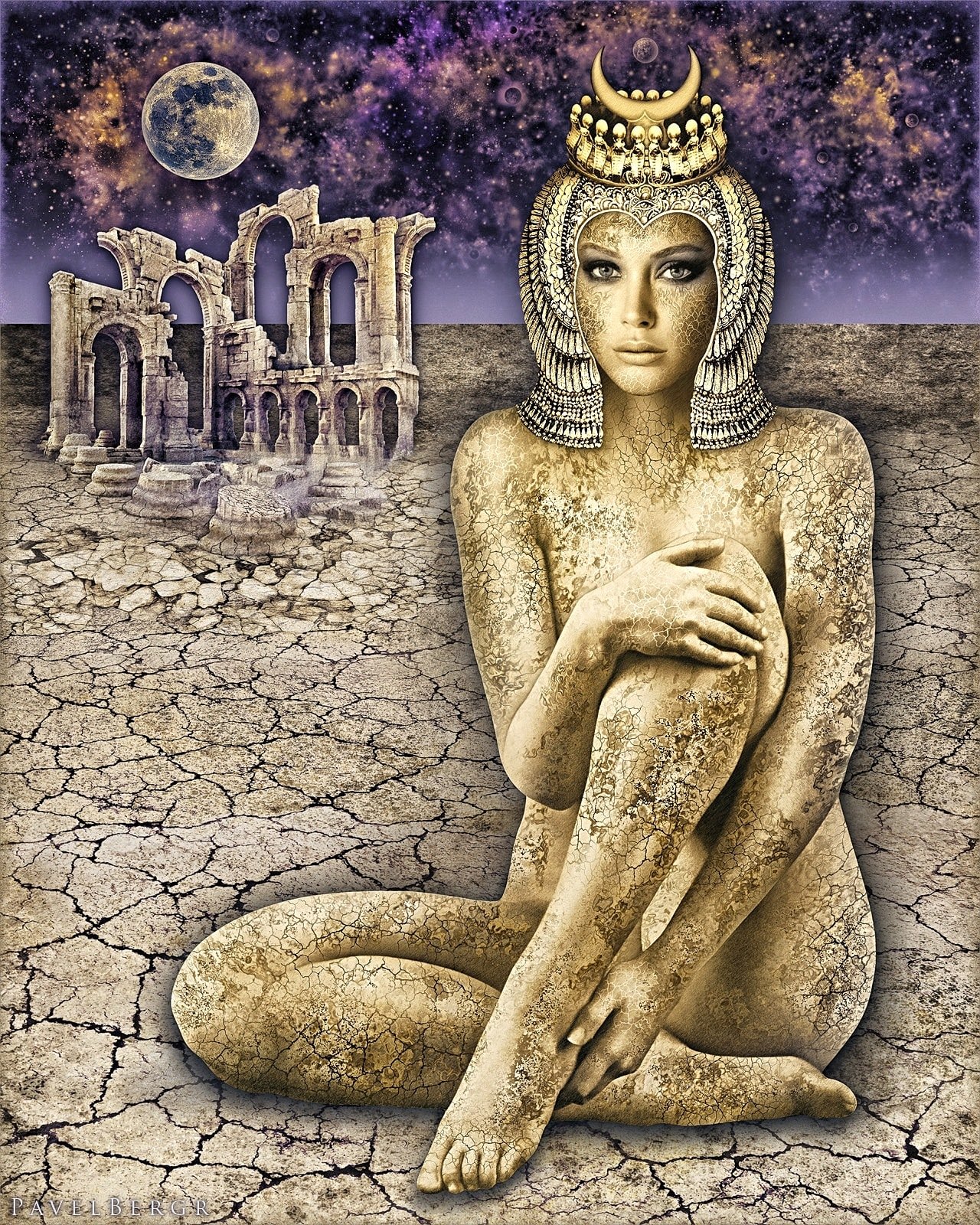



.jpg)
.jpg)

























